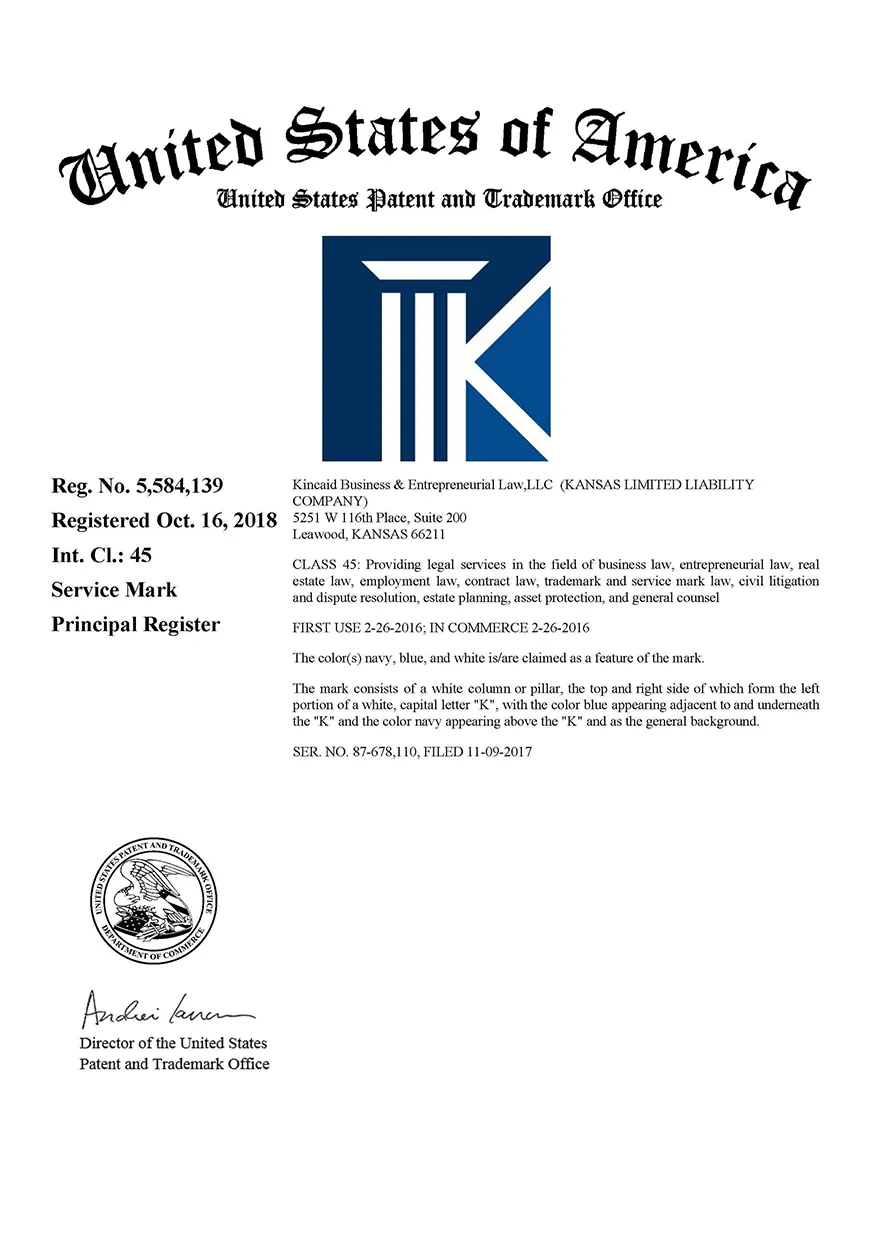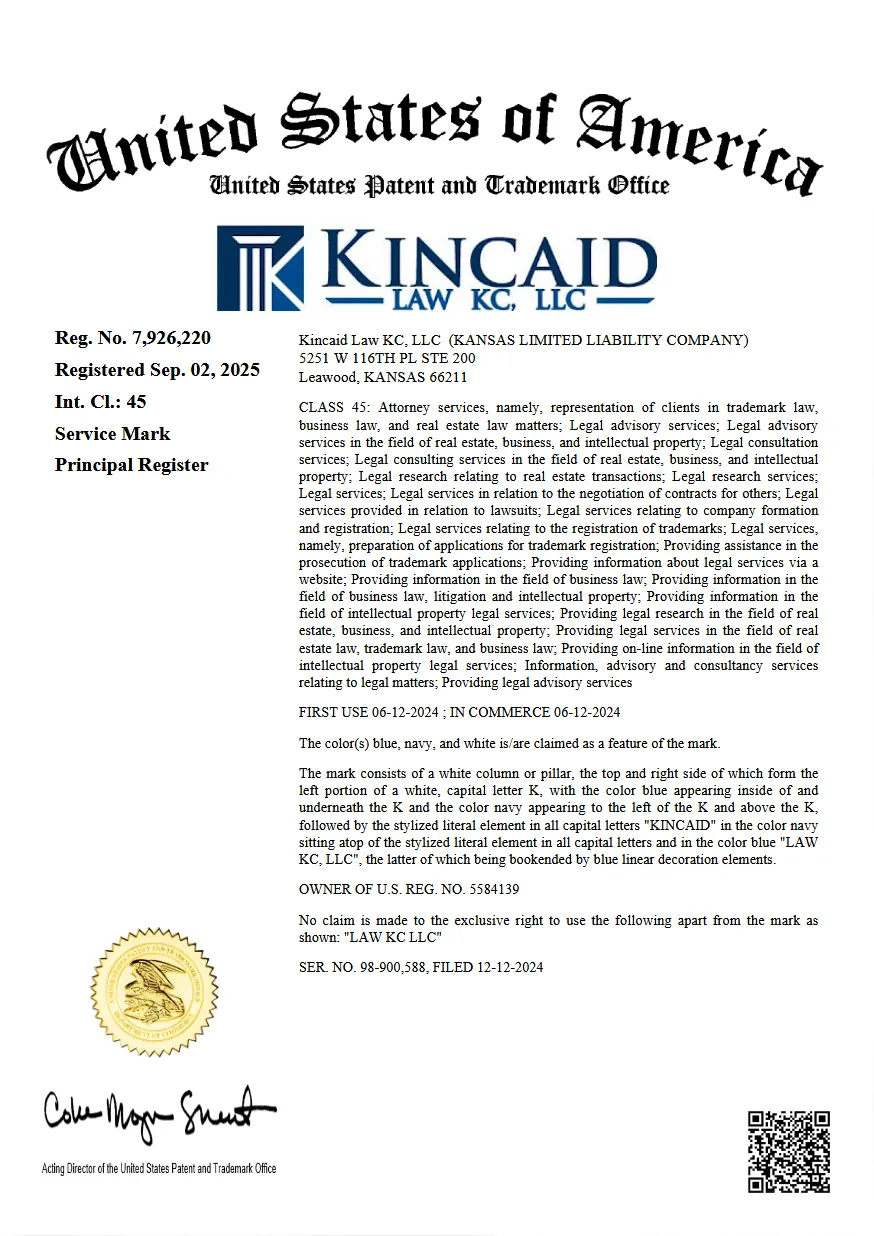Have you ever researched the quantity of trademarks owned by large companies? The numbers may surprise you. They frequently own not dozens, not hundreds, but thousands of trademarks and service marks. A non-exhaustive list of Apple’s trademarks and service marks (categorized separately by type) can be found by a few keystrokes through a search engine. The Coca-Cola Company dedicates a page on its website to its trademark chronology. Amazon has its own trademarks page, and the bottom of this page indicates that Amazon has its own trademarks team (with an associated email address) to answer any trademark questions. For those who are fans of Bill Gates and his software company, Microsoft has a very impressive, alphabetically-categorized trademarks webpage that one could spend some time with, including the well-known brands Age of Empires, Excel, Internet Explorer, Skype, and Xbox. A search performed via the USPTO’s Trademark Electronic Search System reveals in excess of 2,000 results under the search term “Bank of America” in connection with the “Owner” field, yielding marks such as Merrill Lynch, Billion Dollar Index, and U.S. Trust. A similarly structured search, substituting “General Electric” for “Bank of America”, reveals in excess of 2,800 results and produces brands such as GE and Spacemaker. The trademark portfolios of some large companies are truly impressive, even overwhelming.
Small companies may not be able to afford, let alone manage, thousands of different trademarks, but they often find excellent value in owning anywhere from one to perhaps a few handfuls. Sometimes owning a single trademark can be a difference-maker for a small business, separating it from the pack and helping protect it from those with bad intentions or those who do not respect the economic and creative investments made by others. The registered trademark symbol, ®, sends a powerful message to third parties and (apart from its legal value) may even indicate a degree of sophistication by its user. We have written a brief blog post about the potential benefits to filing a federal trademark application if you would like to read more about this topic.


An ordinary small business may wish to consider obtaining federal trademark registrations for three pieces of intellectual property, spanning the categories of standard character marks and special form marks: (1) its business or trade name, (2) its logo or design, and (3) its slogan or tagline. This would be done with a series of three separate and distinct applications with the USPTO. Each application would be separately evaluated by a trademark examining attorney and would mature to registration or fail to mature to registration based on a number of factors.
The USPTO, when citing the benefits of hiring a private trademark attorney, states that it “strongly encourage[s] you to hire a U.S.-licensed attorney who specializes in trademark law to guide you through the registration process.” Indeed, word for word, the USPTO additionally states as follows:
We take the unauthorized practice of trademark law very seriously. Your trademark submission can be rejected, or the legal validity of your trademark registration could be jeopardized, if you take advice or receive assistance from someone who is not authorized to practice law before the USPTO.
Those are some very strong recommendations and admonitions!
This law firm has experience working with a broad number of mark applicants and has successfully obtained federal trademark or service mark registrations across the following industries, fields, or activities:
- charitable services
- educational services
- legal services
- home security and self defense
- business consulting
- financial planning and investment advisory services
- information technology
- software and software as a service (SAAS)
- online jobs board and online resume database
- telecommunications network management services
- computer hardware
- downloadable virtual goods
- graphic illustration
- mental health
- speech-language pathology
- linguistics and language learning
- music education and musical instrument instruction
- independent living residences
- roofing contracting, installation, and repair
- construction, remodeling, improvement, renovation, repair, and demolition of residential and commercial properties
- heating, ventilation, and air conditioning (HVAC)
- online wholesale and retail store services
- traditional retail store services
- athletic apparel
- custom imprinting, digital printing, dye-sublimation, embroidering, and screen printing of apparel
- travel, transport information services, and travel planning
- automotive service equipment
- motorcycle parts
- hemp
We would welcome the opportunity to potentially increase our registrations across those areas or fields, and we would also welcome the opportunity to work with others.
The minimum fee charged by the USPTO per application is $350.00. This amount does not include the trademark attorney’s fee. Some trademark applications can cost several thousand dollars in government fees alone. The application process is somewhat complicated and technical, and it can take many months or even a few years from beginning to end. Many applicants receive a letter from the USPTO called an “Office Action” that outlines any issues with the application or with the mark itself (commonly based on likelihood of confusion or mere descriptiveness), and it requires a legal response. This response generally must be filed within three (3) months from the date it was issued, but other deadlines may apply. There may be strategic reasons for waiting towards the end of the deadline to file a response or, alternatively, putting a response on file as quickly as possible. Each situation is unique.
If you would like to make an appointment with Kincaid Law KC, LLC regarding a trademark law matter, whether in connection with a cease and desist effort, trademark application, or trademark litigation case, please feel free to conveniently schedule with us here.
